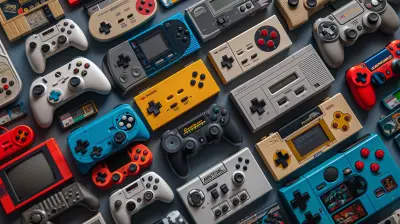How Sound Design Steals the Show in Modern Horror Games
22 September 2025
Picture this: You’re creeping through a decrepit mansion. Shadows dance ominously on the cracked walls. Your heartbeat is already pounding, but then you hear it—a faint whisper, slithering through your headphones like a ghostly sigh. You pause, your stomach knots, and you think, Did I really just hear that? Congratulations, my friend. You’ve just been owned by the silent MVP of horror games: sound design.
It’s funny how, in a world of jaw-dropping graphics and complex gameplay mechanics, sound design often lurks quietly in the background, waiting to strike. But trust me, in modern horror games, it’s the unsung hero. Let’s dive into how sound design steals the show, shall we? Fair warning: you might never play with the lights off again.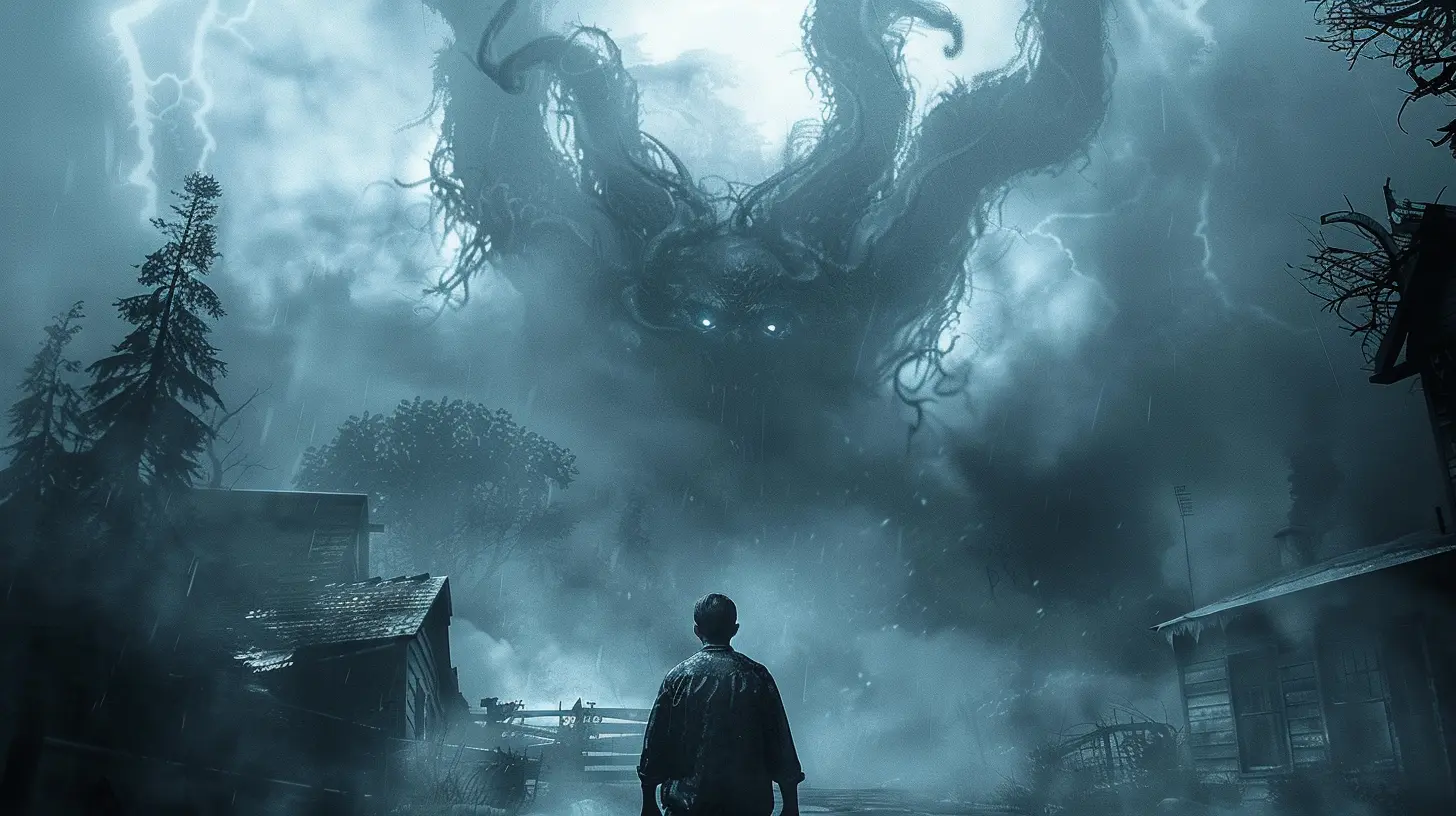
Why Sound Design Makes or Breaks Horror Games
We’ve all watched cheesy horror movies where the knife-wielding villain is backed by an over-the-top “DUN DUN DUUUN” soundtrack, right? It’s like, yeah, we get it—he’s scary. Now translate that to horror games, and things get... sticky. You’re not just a passive viewer anymore. You’re in the thick of it, and sound is no longer a side dish—it’s the main course, the secret sauce, and the chef tossing in an extra pinch of terror.Think about it: without sound, horror games would feel like a silent film with no subtitles. You’d miss the creaks of floorboards, the distant wail of something very Unfriendly, or that spine-chilling groan that makes you want to nope out of the game entirely. Every little whisper and rumble turns your casual evening gaming session into a full-on anxiety Olympics. And that’s exactly the point.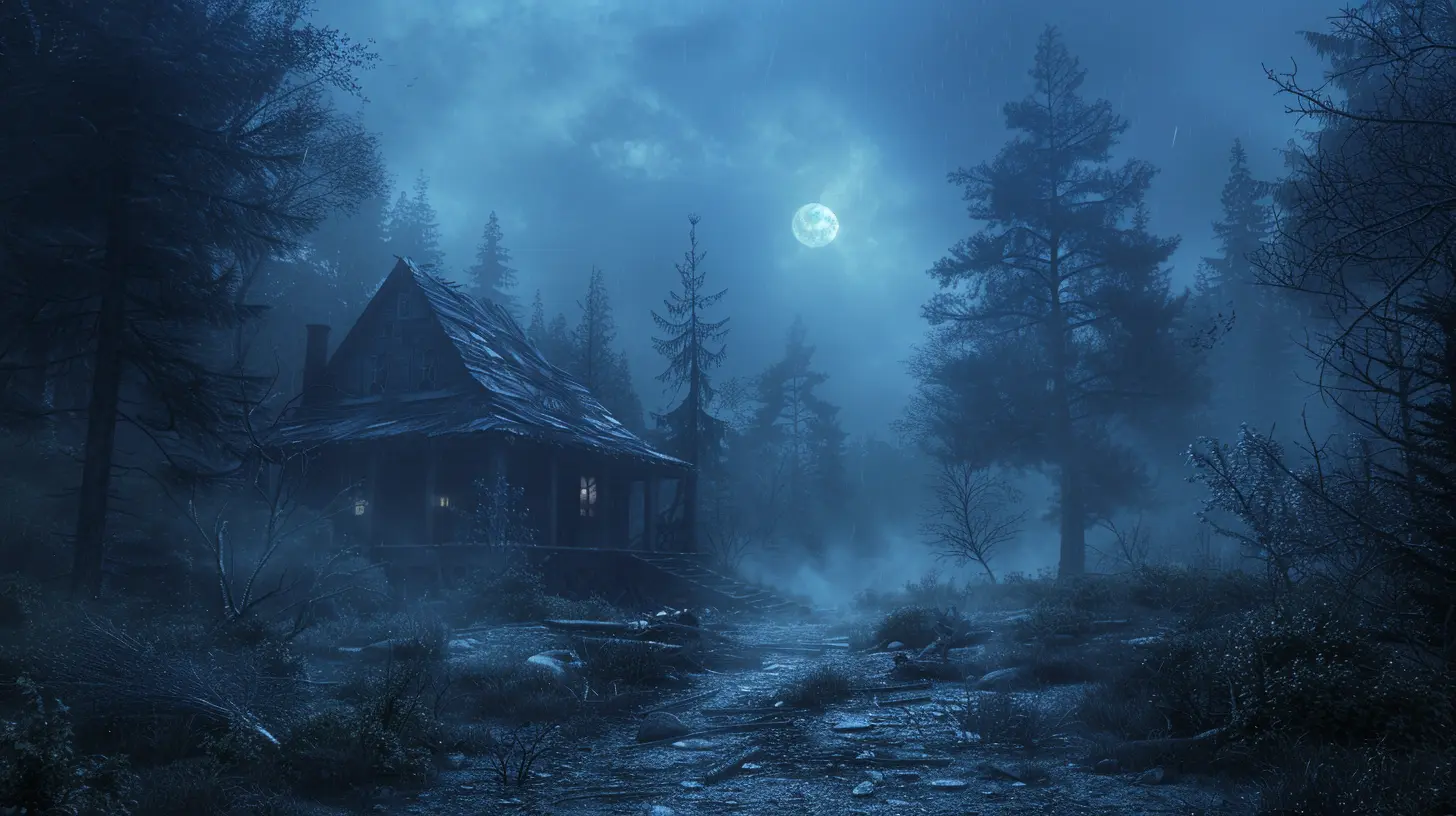
Anatomy of Great Horror Game Sound Design
So, what makes the audio in horror games so uniquely terrifying? It’s not just about random jump scares (although, let’s be real, those are evil geniuses). It’s about crafting an atmosphere so thick with dread that you could cut it with a kitchen knife—if you could find one that isn’t already in the monster’s hands.Here’s the breakdown:
1. Ambient Sound: The Silent Killer
Ever wondered why walking down a hallway in a horror game feels like your final moments on Earth? That’s ambient sound at work. The low hum of flickering lights, faint gusts of wind, or some unidentifiable growl from, uh, somewhere—it’s enough to make anyone question their life choices.Good ambient sound isn’t just background noise; it’s like a tension-building metronome. It creeps into your subconscious and whispers, Something bad is coming. It’s the aural version of when the game’s camera angle suddenly shifts for no reason. You just know.
2. Dynamic Audio: When Sound Reacts to You
Modern horror games don’t just throw random noises at you like a haunted house employee on their first day. Nope, they’ve gotten smarter. Audio now adapts to your actions. Take Resident Evil Village, for example. Run too fast, and suddenly you hear heavy footsteps behind you. Pause for a breather? Cue the eerie silence that feels more threatening than a full-blown orchestra.Dynamic audio is like the game saying, Oh, you’re scared? Let me make it worse.
3. The Art of Silence: Don’t Trust It
Here’s a hot take: silence in horror games is scarier than any growl, scream, or roar. Why? Because silence is like that one friend who texts, We need to talk, and leaves you hanging. It’s full of suspense, dread, and the promise of bad things happening.Games like Amnesia: The Dark Descent and Outlast are masters of using silence to freak you out. When the sound cuts out, you just know something’s coming—and it’s probably not a bouquet of flowers.
4. 3D Audio: The Surround-Sound Nightmare
Have you ever played a horror game with headphones on and almost thrown them across the room? That’s the magic of 3D audio. It uses spatial sound to trick your brain into thinking the monster is right behind you. Or worse, breathing down your neck.Games like The Last of Us Part II and Hellblade: Senua’s Sacrifice have nailed 3D audio. It’s like a haunted house experience, but in your living room. And there’s no escape.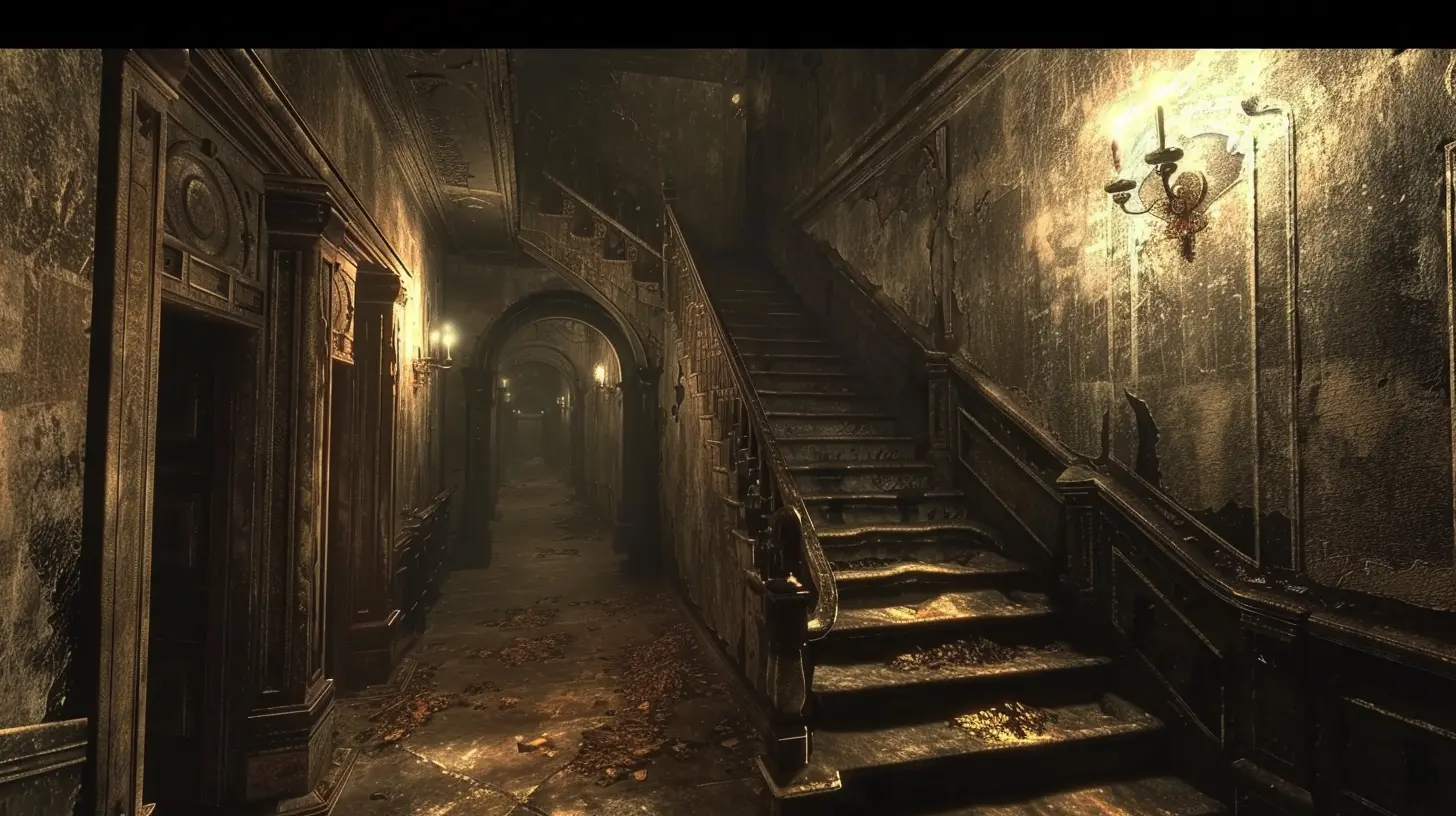
Iconic Horror Games That Nailed Sound Design
Enough theory—let’s talk about the games that have raised the bar for sound design. Warning: just reading about them might give you chills.1. Dead Space (2008)
Ah, Dead Space. A masterclass in how to make players regret every step they take. From the disconcerting groans of the USG Ishimura to the unsettling whispers of hallucinations, Dead Space doesn’t just play with your ears—it hijacks your sanity. And don’t even get me started on those Necromorph screeches.2. Silent Hill 2 (2001)
You can’t talk about sound design without mentioning Silent Hill 2. Akira Yamaoka’s haunting soundtrack is legendary, but what really stands out is how the game uses sound effects to mess with your mind. Static from your radio, distant cries, and disturbing industrial clanks create a constant sense of unease. It’s like the sound itself is haunted.3. Alien: Isolation (2014)
If you haven’t played Alien: Isolation, let me paint a picture for you: You’re hiding in a locker while a Xenomorph stalks the room. Your motion tracker beeps softly, and you can hear the alien’s slimy, guttural hisses getting closer. Do you stay still, or do you run? Spoiler alert: You’re dead either way.This game uses sound not just to terrify you, but to make you question every decision. It’s evil. And brilliant.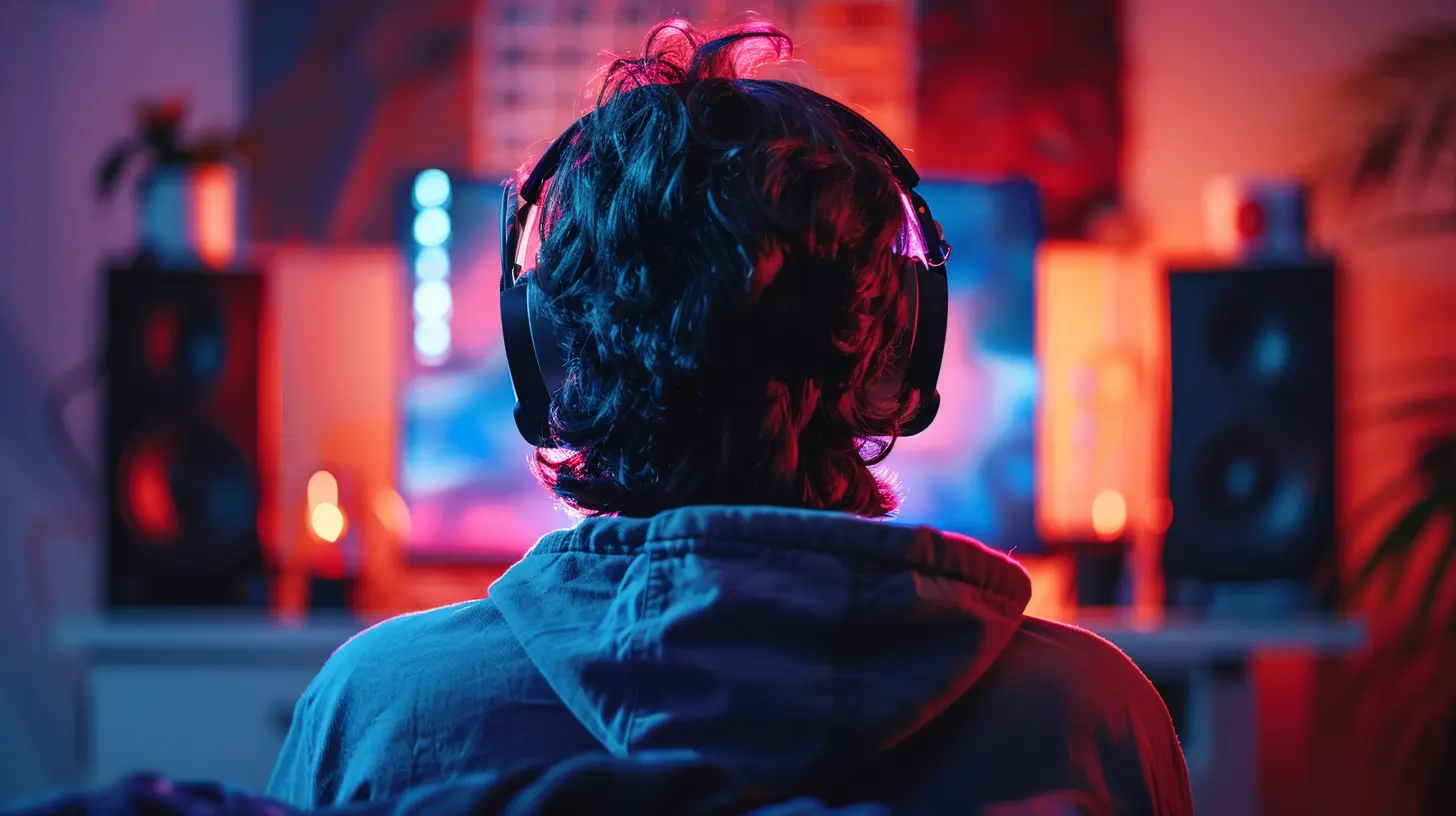
Why Gamers Love (and Hate) Good Sound Design
Let’s be honest—sound in horror games is a double-edged sword. On one hand, it creates some of the most memorable gaming experiences. On the other, it’s the reason you’ve screamed at your monitor at least once (and probably spilled your drink).But you know what? That’s why we keep coming back. Sure, horror games make us want to flip our desks, but they also give us stories we’ll never forget. Like the time you thought you were safe in Amnesia and then heard footsteps in the next room. Or when Resident Evil 2’s Mr. X became your personal exercise coach, chasing you around with that ominous thud-thud-thud.
It’s a love-hate relationship, really. Kind of like chocolate—delicious, but too much of it will destroy you.
Wrapping It Up: The Soundtrack of Fear
At the end of the day, modern horror games rely on sound design the way a magician relies on sleight of hand. It’s subtle, clever, and vital for the illusion. Without it, the magic—and the terror—falls flat.So next time you’re tempted to crank up your graphics settings, don’t forget about the audio. Pop on a good pair of headphones, turn the lights down low, and let the sound design do its thing. Just don’t blame me if you end up sleeping with a nightlight.
all images in this post were generated using AI tools
Category:
Horror GamesAuthor:

Aurora Sharpe
Discussion
rate this article
1 comments
Chelsea Conrad
Sound design in horror games is like a masterful puppeteer—pulling strings to evoke fear while players sit on the edge.
October 3, 2025 at 2:47 AM

Aurora Sharpe
Absolutely! Sound design is a powerful tool in horror games, expertly manipulating emotions and heightening tension to create a truly immersive experience.

